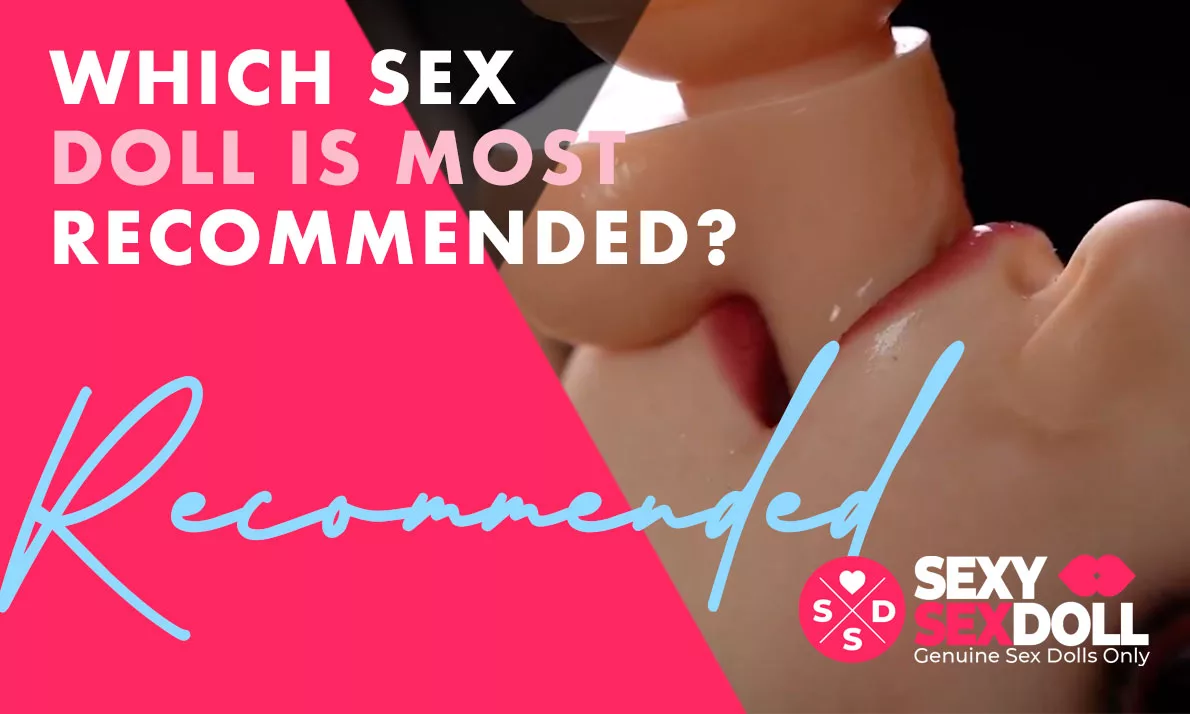Ah, the fascinating world of pop culture—a realm where reality and imagination blur, where dreams come alive on screens big and small. Over the years, sex dolls have gradually found their place in this ever-evolving landscape, appearing in films, TV shows, and various media forms. As a doll seller who’s spent decades observing trends and watching the game change like a chameleon, I’ve noticed how these portrayals have not only shaped public opinion but also molded customer expectations in ways we might not even realize.
The Early Days: Novelty or Symbolism?
Let’s start with a walk down memory lane . Back in the day, sex dolls were often used as comedic props or symbols of loneliness in movies and TV shows. Think about “Lars and the Real Girl”—a film that turned heads and tugged at heartstrings by depicting a man’s deep emotional connection to a life-size doll. It was more than just a quirky indie flick; it sparked conversations about mental health, human connection, and the stigma attached to unconventional relationships . In this narrative, the doll wasn’t just an object—it became a character, a vessel for exploring complex human emotions.
This early portrayal set the stage for how sex dolls would be perceived in pop culture. They were often seen as symbols of desperation or loneliness, a trope that has lingered for years. But what’s fascinating is how this portrayal also planted the seeds for a deeper, more nuanced understanding of what these dolls represent in modern society .
The Evolution: From Object to Companion
Fast forward a few years, and the narrative starts to shift . We begin to see sex dolls in a new light—not just as objects of ridicule or symbols of isolation, but as companions, even partners, in a broader sense. TV shows like “Westworld” took the concept of a ‘doll’ to an entirely new level, exploring the ethical implications of artificial intelligence and the blurred lines between humans and machines. These portrayals challenge the audience to rethink their preconceived notions about relationships, intimacy, and what it means to be human .
Here’s where it gets really interesting from a doll seller perspective . As sex dolls evolved in pop culture, so did the doll selling strategies around them. No longer were these dolls marketed solely as adult novelties—they began to be presented as companions, partners, and even therapeutic tools. This shift is evident in the language used in advertising, with terms like “cartoon companion dolls” or “anime love dolls” becoming more common.
The Modern Era: Shaping Expectations and Perceptions
In today’s pop culture, sex dolls have become more than just props or plot devices—they’ve become symbols of the future of human relationships. Movies like “Ex Machina” or the TV series “Humans” delve into the moral and ethical questions surrounding sex dolls and artificial companionship. These portrayals often present a dystopian view of the future, where the lines between human and machine are blurred, leading to a reexamination of what it means to connect with another being .
But here’s the kicker—while these portrayals can sometimes paint a bleak picture, they’ve also contributed to a growing acceptance of sex dolls in mainstream society. The media has a powerful influence on public perception, and as these dolls are depicted in more complex, human-like roles, the stigma surrounding them begins to erode. People start to see them not just as sexual objects, but as companions that can offer comfort, companionship, and even a sense of normalcy .
As the perception of sex dolls shifts, so too do the search trends and consumer behavior around them. We’re seeing a rise in searches for terms like “realistic love dolls” or “AI companion dolls,” indicating a shift in consumer interest from purely physical attributes to more emotional and psychological ones. This presents a unique opportunity for doll sellers to tap into these evolving trends and tailor their content to meet the changing needs and desires of their audience .
Pop Culture’s Role in Customer Expectations
Now, let’s talk about customer expectations . Pop culture doesn’t just shape public perception—it also influences what customers expect from the products they buy. As sex dolls become more advanced in films and TV shows, with features like AI, lifelike skin, and realistic movements, consumers begin to expect the same level of sophistication in the products they purchase. This is where the industry faces both an opportunity and a challenge .
On one hand, the increasing complexity and realism of sex dolls in pop culture have driven innovation within the industry. Manufacturers are constantly pushing the boundaries to create dolls that are more lifelike, more responsive, and more in tune with the emotional needs of their users. This has led to incredible advancements in materials, technology, and design, making today’s sex dolls more realistic and interactive than ever before .
But on the other hand, these heightened expectations can also lead to disappointment if the product doesn’t live up to the portrayal seen on screen . Customers may expect their doll to behave like the AI companions in “Westworld” or “Ex Machina,” and when the reality falls short, it can lead to dissatisfaction. This is where managing customer expectations becomes crucial for brands in this space. Clear communication about what the product can and cannot do is essential to ensuring that customers are satisfied with their purchase .
The Future: Where Do We Go from Here?
So, where does this leave us? As we look to the future, it’s clear that the portrayal of sex dolls in pop culture will continue to evolve, and with it, public perception and customer expectations will also change. The industry will need to stay ahead of these trends, not only in terms of product development but also in how they market and communicate with their audience .
Sex dolls in pop culture have come a long way from being mere objects of ridicule or symbols of loneliness. They’ve evolved into complex, human-like companions that challenge our perceptions of relationships and intimacy. As these portrayals continue to shape public opinion and customer expectations, the industry must adapt and innovate to meet the changing needs of its audience . And for those of us in the love doll world, it’s an opportunity to craft compelling, emotionally resonant content that speaks to the hearts and minds of consumers .
Here’s to the future—a future where sex dolls are more than just props in a movie or a TV show, but a reflection of our evolving understanding of what it means to connect with another being, whether human or not .
Sources:
Ex Machina” Film Analysis:
- IMDb page: Ex Machina (2014) – IMDb
AI and Robotics in Popular Culture:
- Ethical implications of AI: The Ethics of AI – Stanford Encyclopedia of Philosophy
Lars and the Real Girl” Film Overview:
- IMDb page: Lars and the Real Girl (2007) – IMDb









